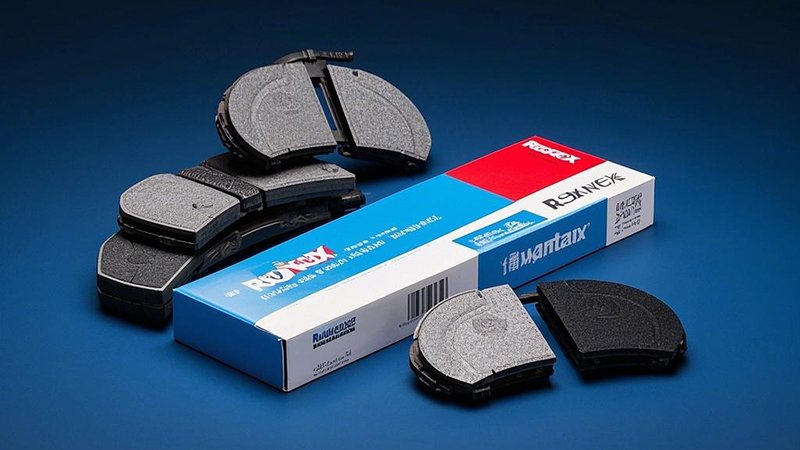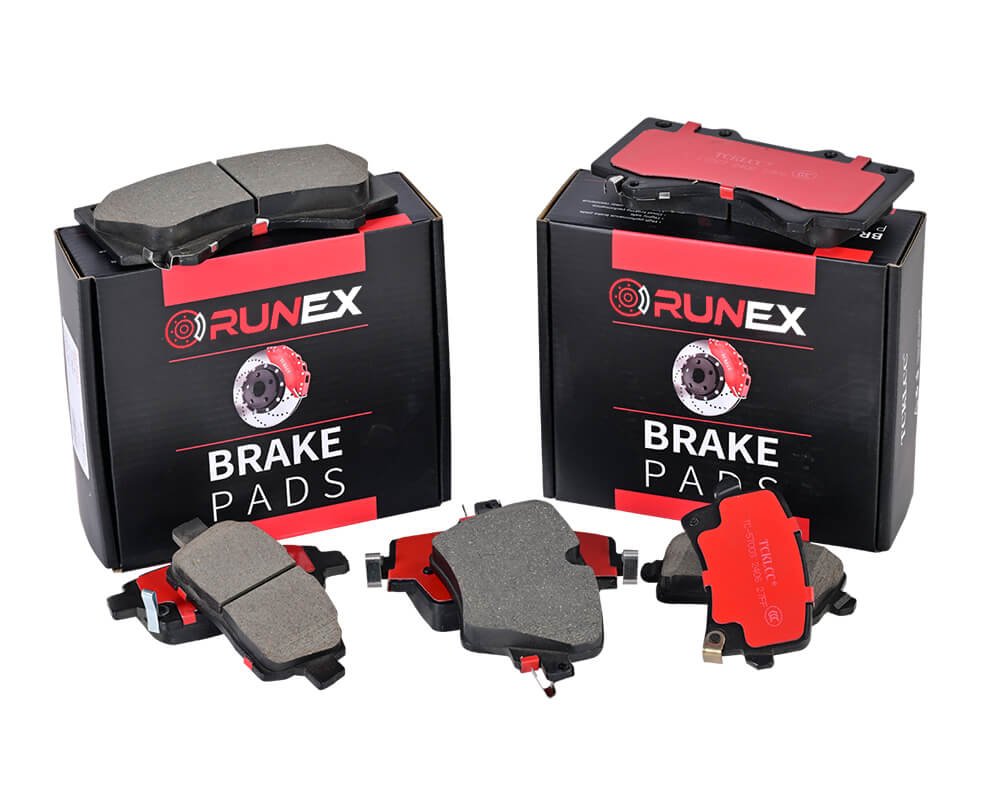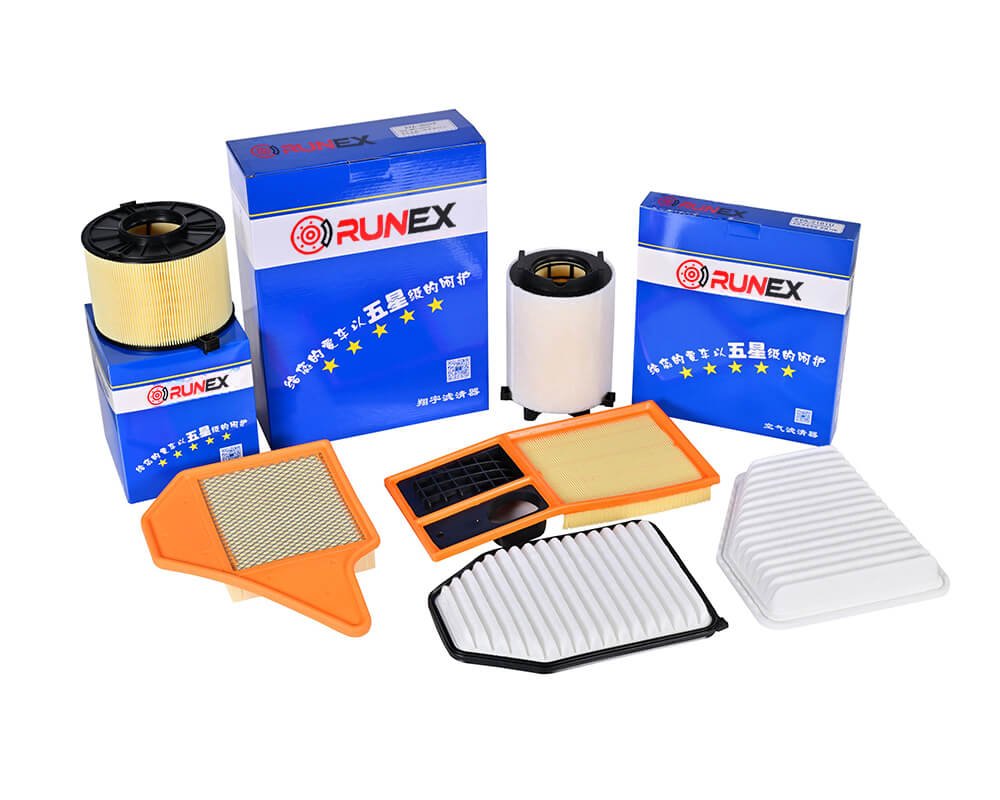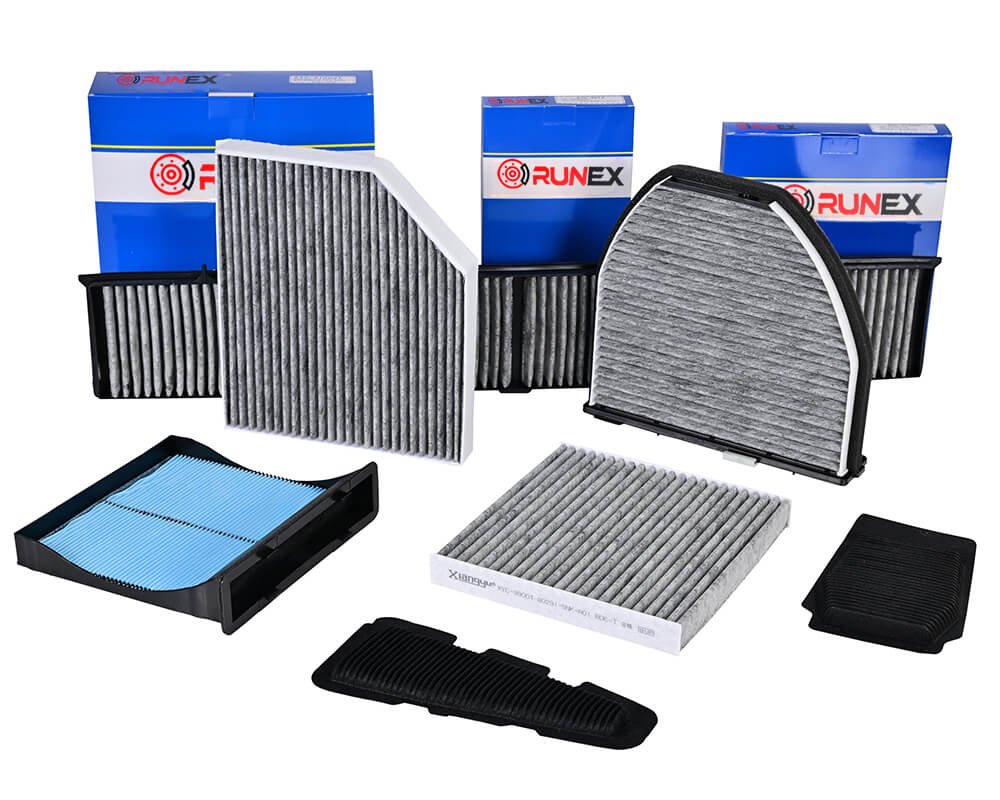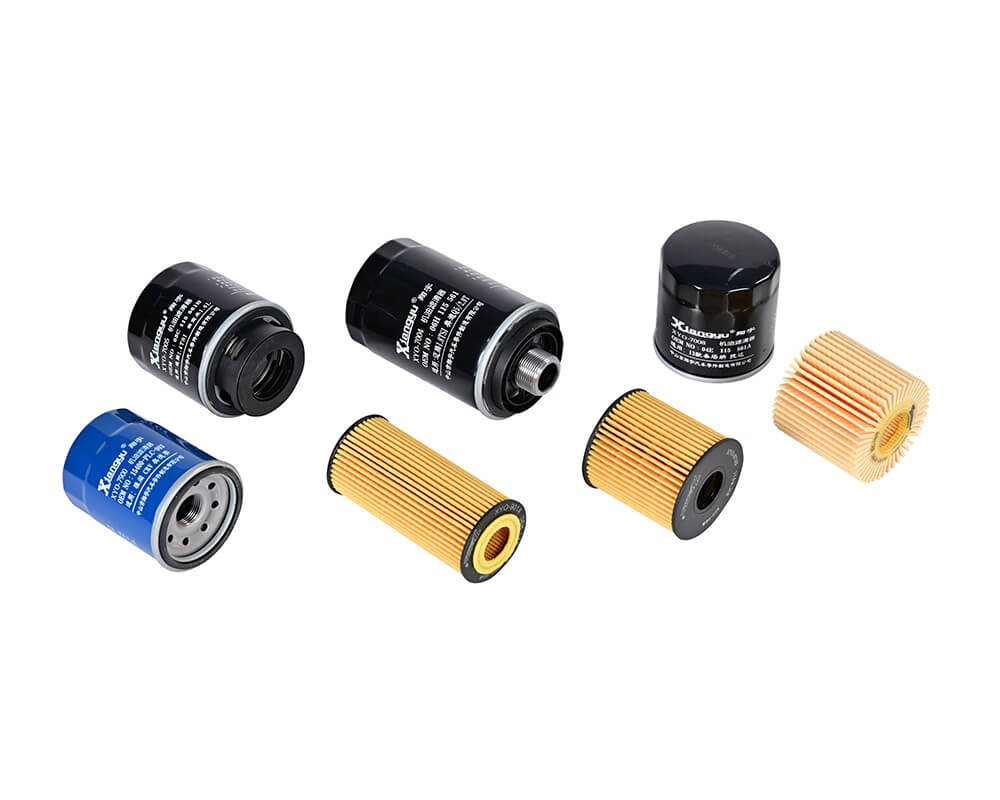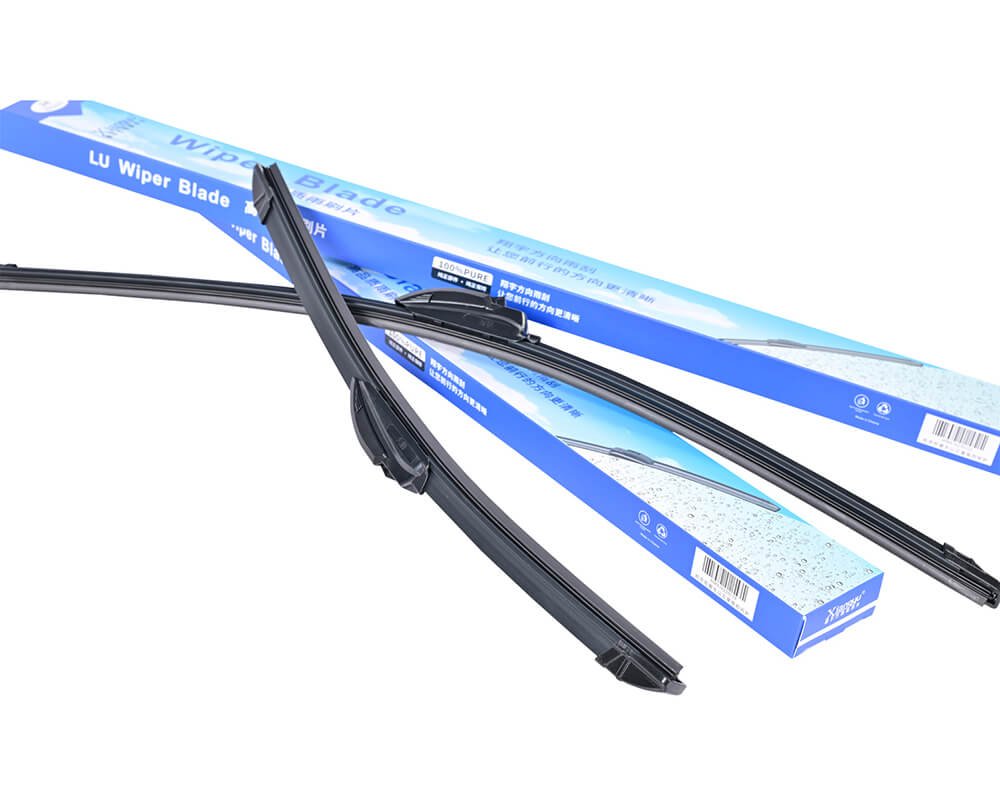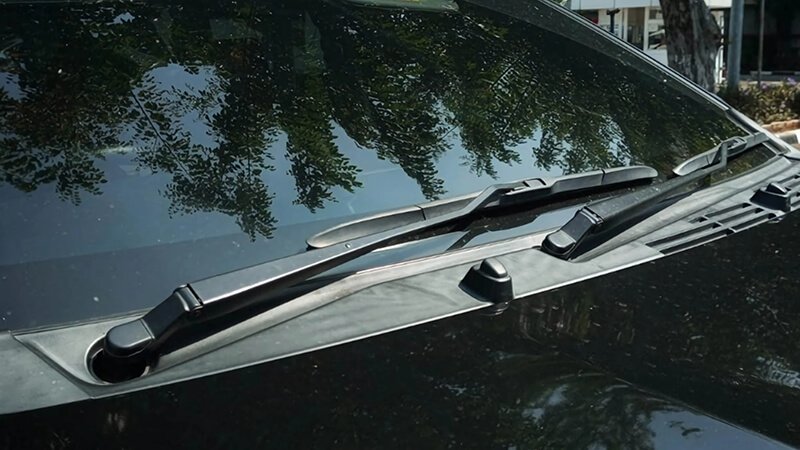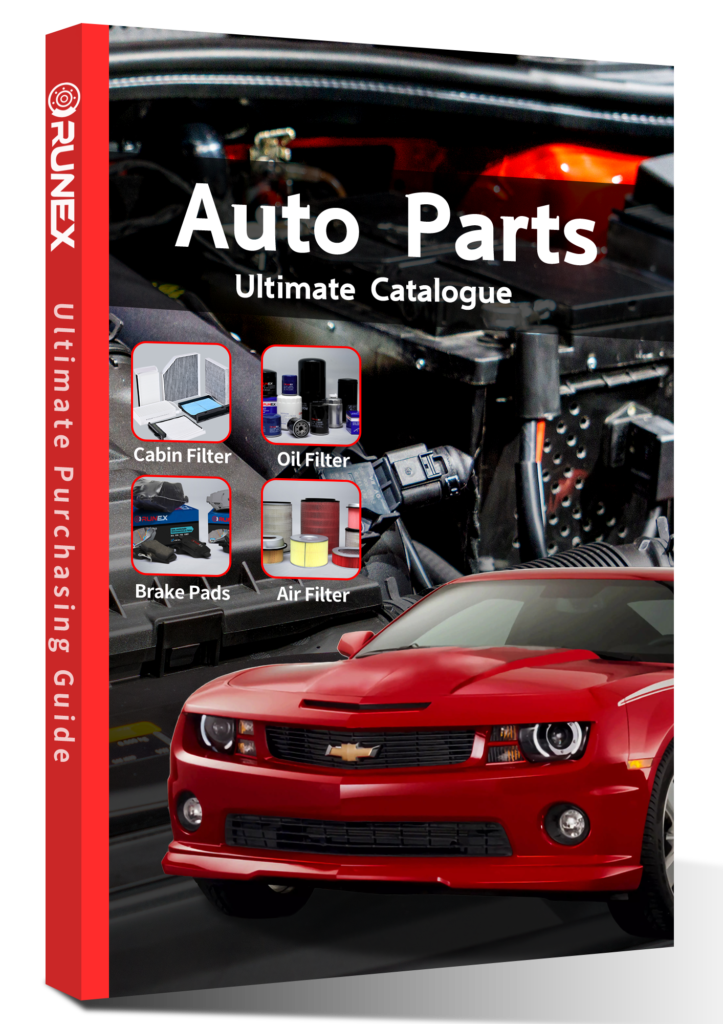When you're behind the wheel, the braking system is one of the most important features that ensures your safety. A well-functioning brake system can prevent accidents and give you control over your vehicle. But how exactly does it work? Let’s explore this essential vehicle component.
The automotive braking system converts pressure from the brake pedal into hydraulic force that activates brake pads or drums to stop the vehicle. This system is critical for vehicle safety, providing both emergency stopping power and control in various driving conditions.
To understand how the braking system works, it's important to break down its key components, especially the brake pads, and why they’re crucial for optimal vehicle performance. Let’s dive deeper into the heart of this system—the brake pads.
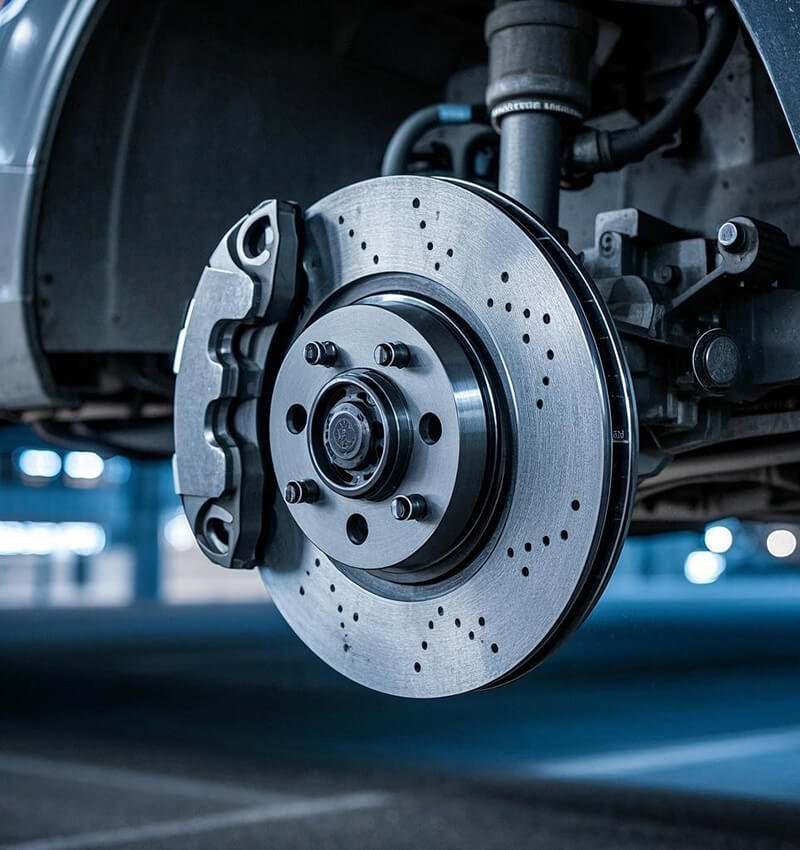
What is a car brake system?
The braking system1 is a vehicle’s safety backbone, converting the simple push of the brake pedal into a force that stops the vehicle. But, how does this process happen? Let's break it down and understand the parts involved.
A car’s braking system uses hydraulic pressure to activate the brake pads or drums, generating friction to slow or stop the vehicle. It’s a complex system involving multiple components, all working together to ensure effective and reliable braking.
The braking system is a hydraulic system that operates through a series of interconnected components. Here’s a closer look at the parts involved:
1. Brake Pedal
The brake pedal is the starting point of the braking process. When you press it, the pedal applies pressure to the master cylinder, which forces brake fluid2 through the brake lines to each brake assembly. The pressure generated by the fluid is what activates the brake pads or drums, creating the friction needed to stop the vehicle.
Table 1: The Brake Pedal and Its Role in the System
| Component | Function |
|---|---|
| Brake Pedal | The driver’s input, converting force to hydraulic pressure. |
| Master Cylinder | Converts pedal pressure into hydraulic pressure. |
2. Brake Pads
The brake pads are essential for stopping the vehicle. When hydraulic pressure is applied to them, the brake pads press against the brake rotor (or drum), creating friction. This friction slows down the wheels and eventually brings the car to a halt. High-quality brake pads, such as those produced by Runex Auto, are designed to resist heat, provide consistent friction, and last longer under diverse driving conditions.
Table 2: Characteristics of High-Quality Brake Pads
| Feature | High-Quality Brake Pads | Low-Quality Brake Pads |
|---|---|---|
| Heat Resistance | Designed to resist heat, preventing brake fade. | Prone to overheating and brake fade. |
| Durability | Long-lasting, offering better performance over time. | Wear down faster, reducing performance. |
| Friction | Consistent friction ensures effective braking. | Inconsistent friction leads to poor braking. |
3. Brake Rotors/Drums
The brake rotors (or drums) are the components that the brake pads3 press against to generate friction. Made of durable materials such as cast iron or carbon composite, rotors are designed to handle extreme temperatures and pressures. As the brake pads press against the rotor, friction is created, which slows the vehicle down.
4. Brake Fluid
Brake fluid is the medium that transfers the pressure from the brake pedal to the brake pads. High-quality brake fluid is critical for ensuring that the hydraulic system operates smoothly, preventing air bubbles from forming and compromising braking performance.
In summary, the brake system involves a hydraulic process where each component works together to ensure that the vehicle can stop safely and efficiently. The brake pads, as one of the key components, play an essential role in ensuring the vehicle’s braking system operates reliably under various conditions.
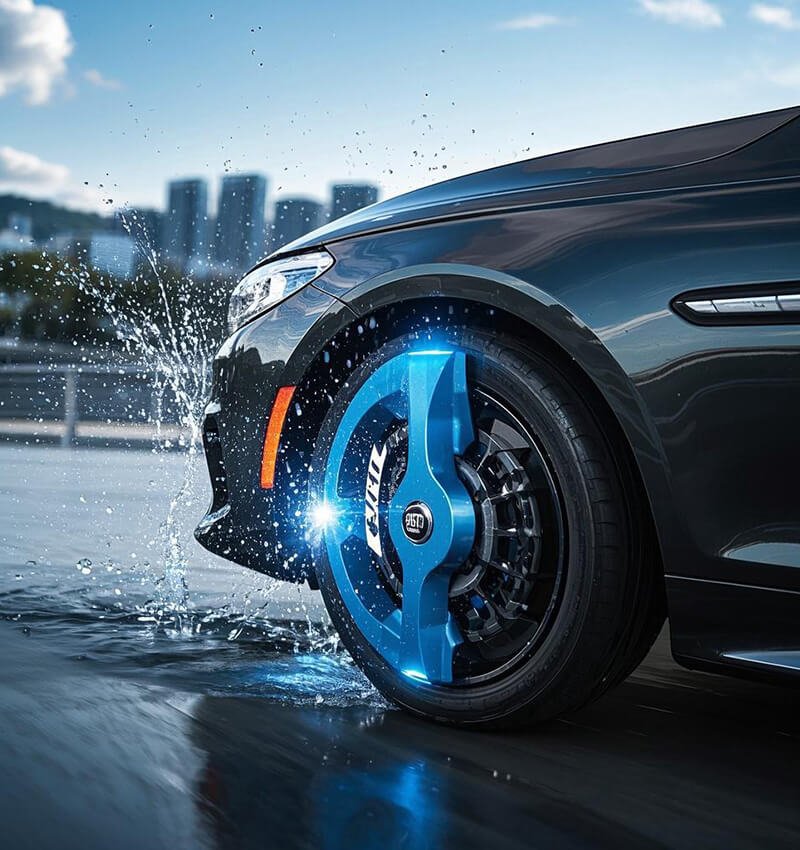
How do the brakes work?
To understand how brakes work, it’s important to consider the physics behind the process. When you press the brake pedal, your vehicle’s brake system uses hydraulic pressure to create friction. But what exactly happens inside the brake pads to stop the car?
The braking system converts hydraulic pressure into friction, which slows the vehicle down. The brake pads press against the rotors, creating this friction and converting the vehicle’s kinetic energy into heat, which slows the wheels and ultimately brings the car to a stop.
The process of braking is both simple and complex. Here’s how it works:
1. Hydraulic Pressure Activation4
When you press the brake pedal, it generates pressure in the master cylinder, which forces brake fluid through the brake lines. This fluid pressure is transmitted to the brake pads, which push against the brake rotor (or drum) to create the necessary friction.
Table 3: Hydraulic Pressure Flow in Brake System
| Component | Function | Effect |
|---|---|---|
| Brake Pedal | The input from the driver. | Initiates pressure in the master cylinder. |
| Master Cylinder | Converts the pedal’s force into hydraulic pressure. | Transmits pressure to brake lines. |
| Brake Fluid | Transfers pressure to brake pads. | Activates the braking process. |
2. Friction Between Brake Pads and Rotors
Once the hydraulic pressure is applied, the brake pads press against the brake rotors (or drums). The friction between the two surfaces converts kinetic energy into heat. The harder the pressure applied to the pedal, the greater the friction and the faster the car slows down.
3. Energy Conversion
As the vehicle slows down, the energy from the motion (kinetic energy) is transformed into heat due to friction. This heat is absorbed by the brake pads and rotors. If the system is not efficient, heat can build up, reducing the effectiveness of the brakes (brake fade5). High-quality brake pads like those from Runex Auto are designed to handle high temperatures and maintain their friction, preventing brake fade.
Table 4: Energy Conversion6 in Braking System
| Energy Type | Conversion Process | Result |
|---|---|---|
| Kinetic Energy | Transformed into heat through friction. | Vehicle slows down. |
| Heat Energy | Absorbed by brake pads and rotors. | Prevents overheating of system. |
4. Stopping the Vehicle
As the brake pads press harder against the rotor, the vehicle gradually comes to a stop. Properly functioning brake pads provide smooth, reliable stopping power. Low-quality or worn-out pads can cause inconsistent braking, resulting in longer stopping distances and reduced control.
High-performance brake pads offer superior friction properties, enhanced durability, and consistent performance, especially in demanding driving conditions.
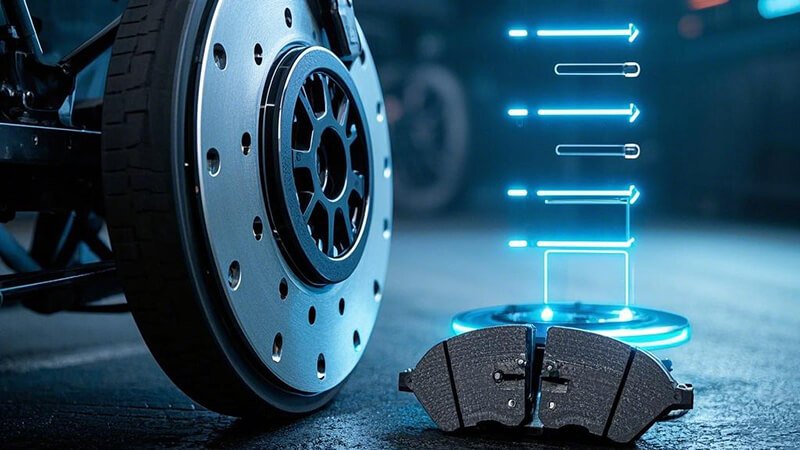
What are brake rotors, and how do they work?
Brake rotors are essential parts of the braking system, providing the surface that interacts with the brake pads to slow the vehicle. But how do these components function, and why are they so important for vehicle safety?
Brake rotors are metal discs that work with the brake pads to create friction, slowing the vehicle. They play a critical role in heat dissipation, ensuring that the braking system does not overheat and maintains performance during high-stress situations.
Brake rotors are a vital component in the braking system. Here’s a deeper look at their functions:
1. Material Composition
Brake rotors are usually made from high-strength materials like cast iron, carbon composite, or even carbon-carbon. These materials are carefully chosen for their ability to resist wear, handle extreme temperatures, and effectively dissipate heat during braking.
Table 5: Materials Used in Brake Rotors
| Material Type | Benefits | Common Use |
|---|---|---|
| Cast Iron | Durable, good heat dissipation7. | Standard brake rotors for everyday vehicles. |
| Carbon Composite | Lightweight, excellent heat resistance. | Performance vehicles, racing cars. |
| Carbon-Carbon | High heat tolerance, reduces brake fade. | Aerospace, high-performance cars. |
2. Role in Heat Dissipation
One of the key functions of the brake rotor is heat dissipation. When you press the brake pedal, friction between the brake pads8 and rotors generates heat. The rotors are designed with ventilation slots or holes to allow this heat to escape, preventing the brakes from overheating.
Overheating can lead to brake fade, where the brakes lose their effectiveness due to excessive heat. By dispersing heat effectively, the rotors maintain optimal braking performance, ensuring that the brake pads work effectively under different conditions.
3. Interaction with Brake Pads
The brake pads and rotors work together to create friction, which is necessary to slow or stop the vehicle. Over time, the rotors can become worn or damaged. This can cause uneven wear on the brake pads and lead to vibration or noise during braking. Proper maintenance of both rotors and pads ensures the braking system remains efficient.
4. Types of Brake Rotors
There are several different types of brake rotors, including vented, slotted, and drilled rotors. Each type serves a different purpose depending on the vehicle’s needs:
Table 6: Types of Brake Rotors
| Type | Description | Best For |
|---|---|---|
| Vented Rotors | Feature internal vents for heat dissipation. | Everyday vehicles and standard driving conditions. |
| Slotted Rotors | Include slots to improve heat dissipation and clean the brake pads. | High-performance or heavy-duty vehicles. |
| Drilled Rotors | Feature holes for heat dissipation and reduced weight. | Racing or high-performance vehicles. |
In summary, brake rotors play a crucial role in the braking system by facilitating heat dissipation and providing a surface for the brake pads to generate friction. Proper maintenance of rotors ensures that the braking system remains efficient and effective.

Does the brake bleeding sequence really matter?
Brake bleeding is essential for maintaining the hydraulic brake system, but does the order in which you bleed the brakes truly matter? Let's explore the importance of the proper sequence in maintaining brake performance.
Yes, the brake bleeding sequence matters because it ensures that air bubbles are removed from the brake lines in the correct order. This process helps maintain the hydraulic pressure in the system, ensuring that the brake pads engage properly for safe and reliable braking.
When bleeding the brakes, it’s important to follow the correct sequence to ensure that the hydraulic brake system operates at its best. Here’s why the order matters:
1. Preventing Air Traps
Air in the brake lines can compress under pressure, reducing the effectiveness of the braking system. The correct bleeding sequence ensures that air is pushed out of the system in the right order, preventing air from being trapped and compromising braking performance.
2. Correct Sequence for Optimal Pressure
The proper sequence of brake bleeding typically starts with the brake farthest from the master cylinder (usually the passenger side rear brake), then moves to the next farthest, and so on. This ensures that air is removed efficiently, maintaining the hydraulic pressure necessary for effective braking.
Table 7: Common Brake Bleeding Sequence
| Brake Position | Order in Sequence |
|---|---|
| Passenger Side Rear | First |
| Driver Side Rear | Second |
| Passenger Side Front | Third |
| Driver Side Front | Last |
3. Safety and Performance
Bleeding the brakes properly ensures that the brake pads engage fully with the rotors, maintaining braking power9. Improper bleeding can cause the brakes to feel "spongy," meaning they may not engage properly, which reduces the overall performance and safety of the vehicle.
In conclusion, the brake bleeding sequence is essential for maintaining brake performance. Following the correct order ensures that air is removed from the system, allowing the brake pads to engage fully and effectively.

Conclusion
The brake system in a vehicle is one of the most important safety features, converting simple pedal pressure into the hydraulic force needed to stop the car. Whether it’s understanding how the brake pads work or ensuring proper brake maintenance, prioritizing high-quality components like Runex Auto's brake pads ensures safety, reliability, and performance on the road.
If you are looking for OEM Brake Pads10, do not hesitate to contact us.
-
Understanding the mechanics of a braking system can enhance your vehicle maintenance knowledge and safety. ↩
-
Learn why using high-quality brake fluid is crucial for your vehicle's braking system and safety. ↩
-
Understanding hydraulic pressure activation is crucial for grasping how brakes function effectively, ensuring safety and performance. ↩
-
Learning about brake fade is essential for maintaining brake performance and safety, especially in high-demand driving situations. ↩
-
Exploring energy conversion in braking systems reveals how kinetic energy is transformed, enhancing your knowledge of vehicle dynamics. ↩
-
Understanding heat dissipation in brake rotors is crucial for maintaining optimal braking performance and safety. ↩
-
Exploring the interaction between brake pads and rotors can enhance your knowledge of vehicle braking systems and maintenance. ↩
-
Braking power is essential for vehicle safety. Learn about the factors that influence it to ensure your vehicle performs at its best. ↩
-
Understanding the correct brake bleeding sequence is crucial for optimal brake performance and safety. Explore this link for detailed guidance. ↩
-
Learn more about Runex Auto OEM brake paes for your market and business. ↩

